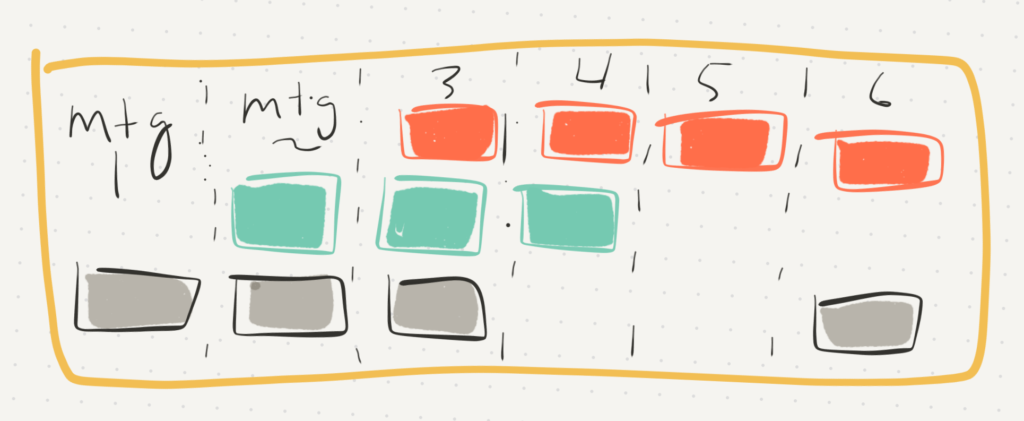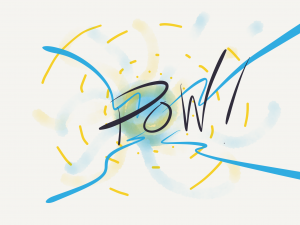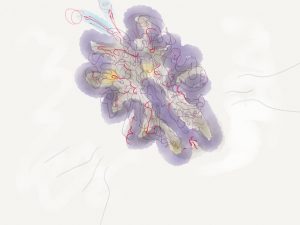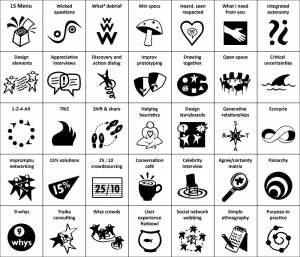Ah, Kismet! Chris Corrigan posted a great blog a while back about complexity and participatory design process. I had slipped the quote into a draft post and rediscovered it today. I want to build on his brain dump! He is building on Sonja Blignault blogging on Paul Cilliers’ work on complexity. See Cilliers’ seven characteristics of complex systems and the implications of complexity for organizations. In another post I’ll dip into these multiple layers! Stay tuned for my riff!
- Complex systems consist of a large number of elements that in themselves can be simple.
- The elements interact dynamically by exchanging energy or information. These interactions are rich. Even if specific elements only interact with a few others, the effects of these interactions are propagated throughout the system. The interactions are nonlinear.
- There are many direct and indirect feedback loops.
- Complex systems are open systems—they exchange energy or information with their environment—and operate at conditions far from equilibrium.
- Complex systems have memory, not located at a specific place, but distributed throughout the system. Any complex system thus has a history, and the history is of cardinal importance to the behavior of the system.
- The behavior of the system is determined by the nature of the interactions, not by what is contained within the components. Since the interactions are rich, dynamic, fed back, and, above all, nonlinear, the behavior of the system as a whole cannot be predicted from an inspection of its components. The notion of “emergence” is used to describe this aspect. The presence of emergent properties does not provide an argument against causality, only against deterministic forms of prediction.
- Complex systems are adaptive. They can (re)organize their internal structure without the intervention of an external agent.
See also:



